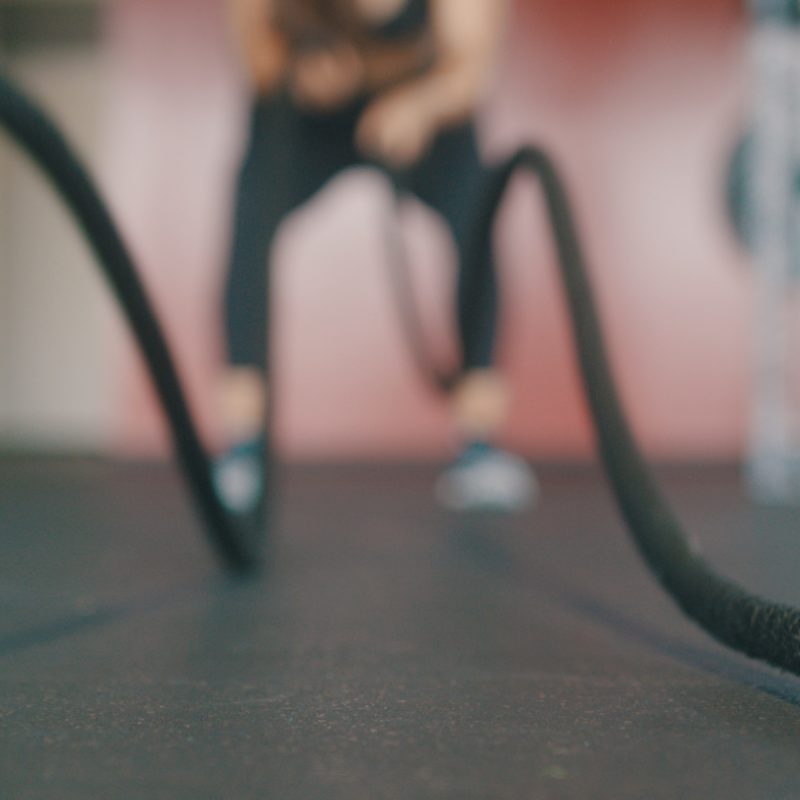Is the training effect kicking in for you?

Many of us have started the working day with an unfamiliar feeling; aching muscles! All manner of body parts being stretched and stressed in ways they haven’t know for years, if ever!
For many, the home working and lockdown status encouraged people to do some kind of fitness activity that usually “there wasn’t time for”. Whether it’s the newfound time, or the need to join in with the kids doing their Joe Wicks PE lesson every day, many people are becoming familiar with the process of physiological adaptation, or Supercompensation.
The concept of delayed onset of muscle soreness (which might feel more like instant onset of muscle soreness right now) is a well-known, anticipated and accepted sign that the muscles have been worked in a new way and they’re breaking down to build back more fit for purpose for something that is anticipated to become a regular requirement. Your morning soreness is totally normal and will ease off in time as you adapt to your new fitness regime.
As we all adapt and adjust to a new reality of our lives, it’s time to make sure that the understanding of the training effect is applied to all areas of our lives and not simply to those areas where we’re focused on our physical fitness or TikTok dance prowess.
Similarly, the cardiovascular system and related oxygen transporting capacity is adapting to new levels of activity, and we start to feel fitter. For many of us, we might be starting to feel a bit more skilful at new movement patterns, dance steps or sport skills that are being practised regularly with new found gusto and enthusiasm as we seek to keep the children entertained (or mortified with embarrassment on TikTok as we post out latest video). When it comes to fitness and physical skills, we’re used to the normal rhythm of things that goes a bit like this:
- Start a new activity/skill, know it’s going to be awkward and hard work
- Having started, expect some kind of physical reaction and a sense of the size of the task you’ve taken on
- Summon up the energy to take the next step in the hope it will hurt less, feel less awkward/painful, and maybe feel a sense of achievement or satisfaction
- Expect to make slow progress at first, but knowing that sticking with the discomfort and extra effort will pay off as the fitness/skill gains begin to accrue
- Get into some kind of familiar pattern where the effort is lower, confidence is higher, and performance improved
So, as you start this week of work, ask yourself if you’re taking the same approach with adjusting to new working patterns and contexts.
- Have you been cutting yourself some slack over the last couple of weeks as you learn new skills and adapt to new routines?
- Have you been expecting to feel uncomfortable and a little awkward as you adapt, but keen to see small signs of improvement?
- Have you expected to feel more tired – the equivalent of DOMS but for a way of working?
- Have you focused on rest and recovery to help new effort and learning sink in effectively?
- Have you actively looked for a ‘training effect’ so you can celebrate small improvements and enjoy feeling more ‘fit for purpose’?
- Have you been demanding instant improvement, or have you been o.k. with knowing you’re going to get to where you need to as quickly as you can whilst you adapt and learn?
A couple of weeks into a new routine, or a new way of working is a great time to take stock. You’ll be more familiar with day-to-day routines and how to interact with colleagues. You’ll be needing less effort to do the things that a couple of weeks ago were all very foreign. You’ll have more confidence in what a good day looks and feels like, so you’ll have daily successes to aim for. You’ve adapted and the training effect has kicked in to some extent.
If you had a wall chart showing each day for the last 2 weeks and you’d been colour coding your effectiveness on each day with a Red (poor performance), Amber (ok performance) or Green (good performance) sticker, what would that pattern of colours and change show? What would the story beneath the pattern tell you about progress you’ve been making and how much more ‘fit for purpose’ you are now?
More importantly, what do you anticipate this week is going to look like and feel like in terms of performance and effectiveness? How much more confident are you right now about your ability to do the things you need to do in your new ways of working? What colours are you pretty sure you’ll be creating this week, one day at a time?
As we all adapt and adjust to a new reality of our lives, it’s time to make sure that the understanding of the training effect is applied to all areas of our lives and not simply to those areas where we’re focused on our physical fitness or TikTok dance prowess.
